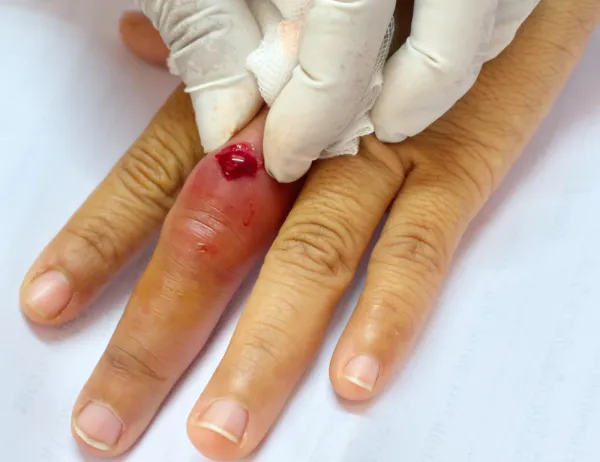Orthopedic Coding Alert
Update Adds to Osteoporosis Dx Options
Desmoid tumor? There’s a code for that in 2024. Summertime is known for cookouts, pool parties, and — for coders — new ICD-10 codes. In a tradition that’s as consistent as July 4 fireworks, ICD-10 has released its new code list for 2024, and coders now have to familiarize themselves with the new/revised/ deleted codes. Nuts & bolts: The ICD-10 2024 addendum includes about 500 new codes, with another 30 or so revised codes and some codes converted to parents. The new codes become effective on Oct. 1, 2023. Check out the codes you’ll want to learn most before ICD-10 2024 takes effect. Osteoporosis Group Gets Dx Code Boost The first codes that orthopedic practices want to take a look at are in the osteoporosis code set; specifically, the osteoporosis with pathological fracture diagnoses. Definition: Remember, a pathological fracture is a type of fracture that occurs in a bone that has been weakened by an underlying disease or condition. It is different from a typical fracture that occurs due to trauma or injury. In a pathological fracture, the bone breaks more easily because it has been compromised by an existing condition, such as osteoporosis or a tumor. These are the new osteoporosis codes that will premiere in 2024: 7th character alert: When these codes require you to code all the way to the 7th character, you’ll choose from these options: Desmoid Tumor now Has a Code Another new code for 2024 is a desmoid tumor, which is a tumor that could afflict various parts of the human anatomy. A Desmoid tumor is a rare type of tumor that develops in the connective tissue, which is the tissue that supports and connects various structures in the body. These tumors can occur anywhere in the body, but they most commonly develop in the abdominal wall, shoulder, or thigh. While you won’t have use for Desmoid tumor diagnoses for every body area, you should take note of these codes when ICD-10 2024 takes effect:

Related Articles
Orthopedic Coding Alert
- ICD-10 2024:
Update Adds to Osteoporosis Dx Options
Desmoid tumor? There’s a code for that in 2024. Summertime is known for cookouts, pool [...] - Shoulder Surgery:
Scope Reason for Procedure to Use These Codes Correctly
Some require debridement; others call for surgery past debridement. When a patient reports to the [...] - Clip And Save:
Remember to Include These Services in Shoulder Scopes
The global surgical package for these surgeries is large. When the orthopedist performs an arthroscopic [...] - AI Learning:
Use CPT® Appendix S to Aid AI Understanding
Appendix S sheds light on AI nuances. The CPT® code book always contains an overwhelming [...] - You Be the Coder:
Multiple Finger Fractures
Question: Encounter notes indicate the orthopedist performed two surgeries: closed treatment of a proximal phalanx [...] - Reader Questions:
Modifier 52-Injection Claim Getting Denied? Try This Instead
Question: Our providers commonly perform lumbar sympathetic plexus blocks via single injection, which we code [...] - Reader Questions:
Use Dx Code Trio for This Laminectomy Patient
Question: A new patient presents with cervical spinal stenosis at C5-C6 and degenerative disc disease [...] - Reader Questions:
I.D. Anatomical Site for Compression Syndrome
Question: Encounter notes indicate that a patient suffers from anterior spinal artery compression syndrome. How [...]




